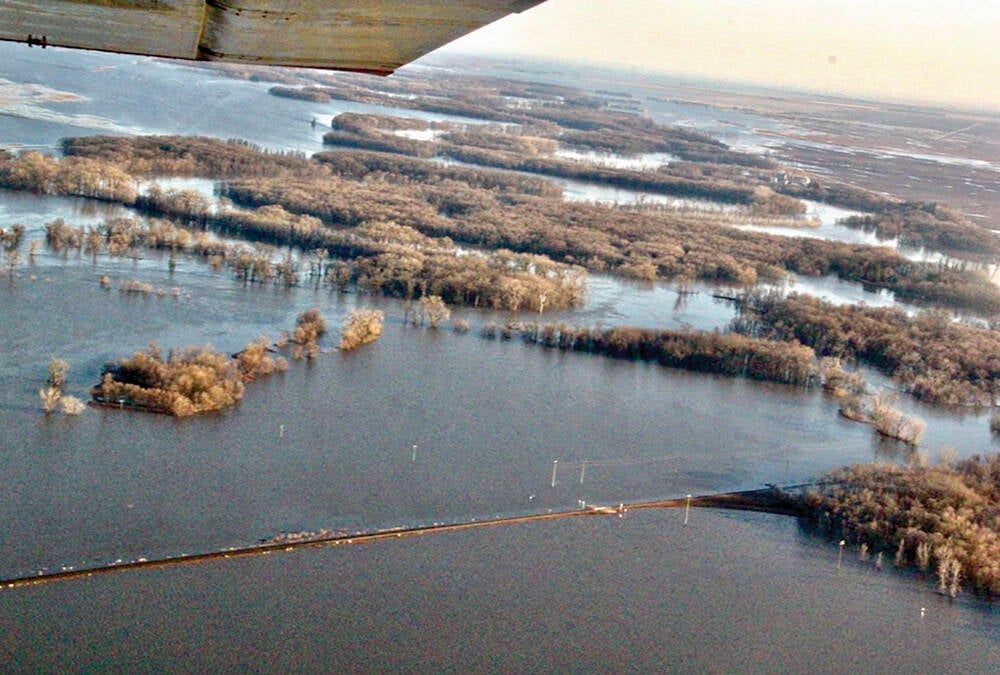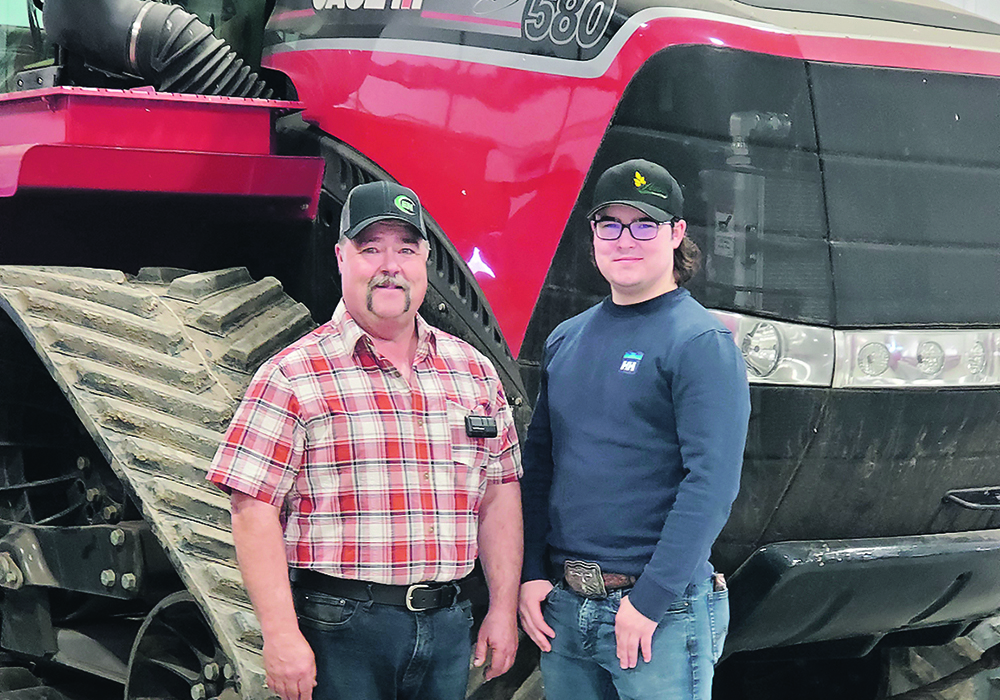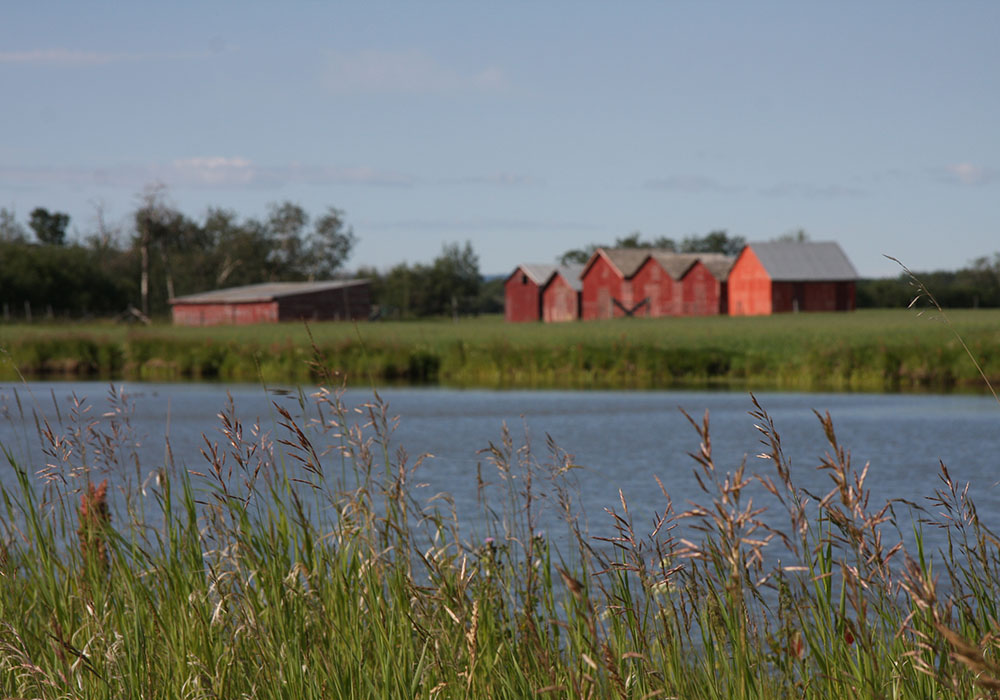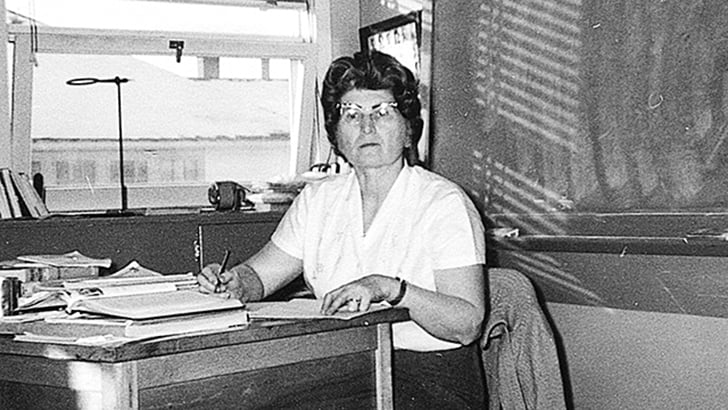In 2006, Alanna Kotylak was in kindergarten learning to tie her shoes and print when the Sask-atchewan government was busy restructuring her school division. She would go from being one of 3,000 kids in her district to one of approximately 8,000.
The then NDP government’s decision to create 14 school divisions out of 71 in 2006 received mixed reviews at the time.
Ten years later, the larger divisions are still receiving some criticism but the amalgamation is generally thought of as a transition that was necessary.
“The amalgamation process was inevitable because you needed to find better ways of delivering services than we had in our tiny school divisions,” said Ben Grebinski, the current director of education for the Prairie Valley School Division that serves 8,100 students and covers 27,798 square kilometres.
Read Also

Rural Manitoba resources slim on natural disaster planning
A study from Brandon University’s Rural Development Institute has found that many rural and small municipalities don’t have the staff or resources to make formal climate plans against natural disaster.
Grebinski said the PVSD, which consists of 39 schools in 32 communities in southeastern Sask-atchewan, is able to offer students a wider range of class choices and student services than the smaller divisions could.
“From an education perspective, we have higher quality of programming now than before,” said Grebinski, citing satellite-delivered high school programs like calculus and centralized courses like commercial cooking and horticulture where students are bussed to one location.
Janet Kotylak sat on the Montmartre board of trustees when the larger PVSD was created. She was elected to the inaugural PVSD board of directors in 2006, the same year her child, Alanna, started kindergarten.
Kotylak has witnessed the transformation of the role of school board members to being elected board members who deal with setting the division’s overall direction from being hands-on volunteers who hired teachers and established bus routes.
“My role has changed dramatically to more of the governance, monitoring role whereas before trustees did things like went up and checked on roofs,” she said.
“It was how it was at the time, but now in hindsight, our role in governance is better because we hire professionals to monitor staff and manage facilities which, ultimately, should get us better results.”
Kotylak believes rural school students are better served by the larger divisions but said funding in-equalities have resulted in rural schools getting the short end of the stick.
“The new funding formula in 2012 meant that our division alone had its annual budget cut by 11 percent, or 9.7 million,” she said.
“That’s substantial and it has meant that teacher-student ratios are affected and teachers have more pressure than ever to meet the needs of all students.”
Don Morgan, Saskatchewan’s minister of education, said that an independent review of the K-12 funding formula is currently underway but won’t be completed in time to affect the upcoming school budgets.
“There are still issues and we’re still working on those issues. Once this is done, it will be an ongoing process to recognize the uniqueness of rural Saskatchewan.”
Kotylak, who has served as the PVSD board chair for the past three years, believes the educational experiment of larger districts has been a success overall even though local input is sometimes more difficult to attain.
She cited increased class choices for high school students as a result of magnet programming (travelling to a different school for a specific course), as well as increased access to career counsellors and developmental professionals like speech pathologists, social workers and school psychologists.
“I’ve seen that dramatic shift through my own eyes with my own kids … we’re big enough now that we can hire those people who are trained for specialized services,” she said.
Alanna, now in Grade 10, joined her Montmartre School classmates at the PVSD’s recent 10th anniversary celebration to detail what the first students in the larger district experienced. That included im-proved facilities, more class offerings and greater student support services, they said.














